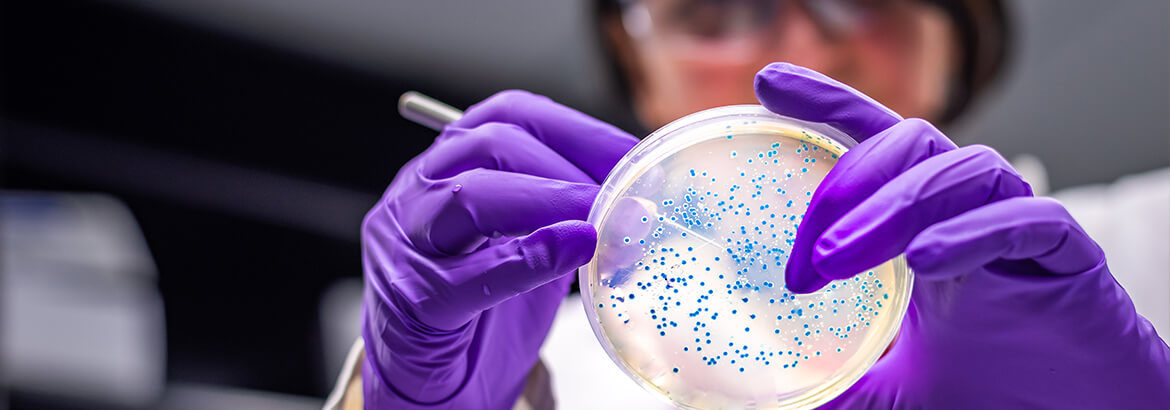Salmonellosis, the most common foodborne illness, is a one-celled organism (usually Typhimurium and Enteritidis) known as salmonella. It’s common to the intestinal tracts of many warm-blooded animals, including cows and chickens; sometimes found in the feces of animals and infected humans.
Typical symptoms include fever, abdominal cramps, diarrhea, and rarely, death. The most at risk are young children, the elderly, and immunocompromised people. It’s spread through food contaminated with animal feces, direct or indirect contact with infected individuals, and presence of the bacterium in the water supply. For example, if an infected person does not wash his/her hands properly after using the toilet, bacteria may be passed by physical contact or by handling food. Cross-contamination can occur when utensils used on uncooked foods such as meats or eggs are then used on produce to be eaten raw.
- Search




